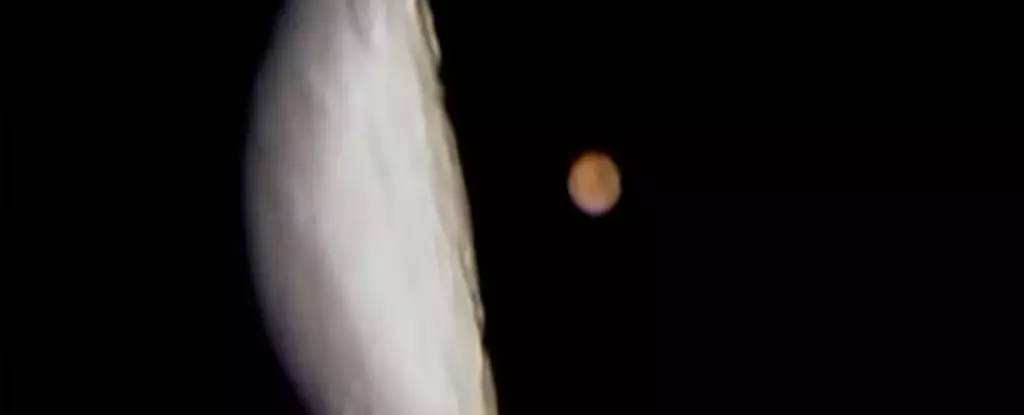Lunar occultations are indeed a captivating astronomical phenomenon that offers a unique opportunity to witness the Moon passing in front of various celestial objects such as stars, planets, and star clusters. The month of September presents a series of intriguing lunar occultation events that are worth observing for any astronomy enthusiast.
One of the remarkable occurrences in September is the 5% illuminated waxing crescent Moon occulting Venus on September 5th, providing a close pairing of the two celestial bodies at dusk. This event may be witnessed mainly by those located in remote regions like Antarctica, offering a rare glimpse of this fascinating alignment.
Moving on, the 10% illuminated waxing crescent Moon will occult the +1st magnitude star Spica for central Africa on September 6th. Spica, situated 250 light-years away, holds the potential for being a nearby galactic supernova candidate, making this event even more intriguing for observers.
On September 10th, the 43% illuminated waxing crescent Moon will occult the +1st magnitude star Antares for western Australia, presenting a celestial show that was last observed in 2009. This event showcases the beauty of celestial alignments and the precision of astronomical events occurring in our universe.
As the month progresses, a significant occultation event will take place on September 17th when the 99.2% illuminated waxing gibbous Moon occults Saturn for western North America. This event coincides with Saturn’s opposition for 2024 and the upcoming partial lunar eclipse, offering a rare spectacle for observers in the Americas, Africa, and Europe to witness.
Moreover, just five hours after the lunar eclipse on the 18th, the Moon will occult Neptune for North America. Despite the challenges posed by Neptune’s faint magnitude, this event presents a unique opportunity to observe the distant ice giant aligning with the Moon in the night sky.
To conclude the lunar occultation events in September, the 75% illuminated waning gibbous Moon will occult the open star cluster Messier 45, also known as the Pleiades, for North America on September 22nd. This event marks a recurring visit of the Moon to this well-known star cluster, providing a mesmerizing sight for observers.
Observing a lunar occultation event is a relatively straightforward task that requires keen eyes and a clear sky. The use of binoculars or a small telescope can enhance the viewing experience, allowing observers to appreciate the nuances of celestial alignments with greater clarity.
Imaging or recording these events can be a challenging yet rewarding endeavor, particularly when capturing the contrast between the Moon and the occulted celestial object. Astrophotographers like Roger Hutchinson emphasize the importance of using multiple exposures to document these events effectively, showcasing the dynamic nature of our solar system’s celestial motions.
The allure of lunar occultations lies in their ability to connect us with the vastness of the cosmos, revealing the intricate dance of celestial bodies in the night sky. By engaging with these captivating events, observers can deepen their appreciation for the beauty and complexity of our universe, fostering a sense of wonder and curiosity about the mysteries that lie beyond.
As we embark on a journey to explore the celestial events unfolding in September, let us seize the opportunity to witness the magic of lunar occultations and marvel at the grandeur of the cosmos above. Don’t miss out on these spectacular celestial events, as they offer a glimpse into the timeless cycles and celestial alignments that shape our understanding of the universe.

